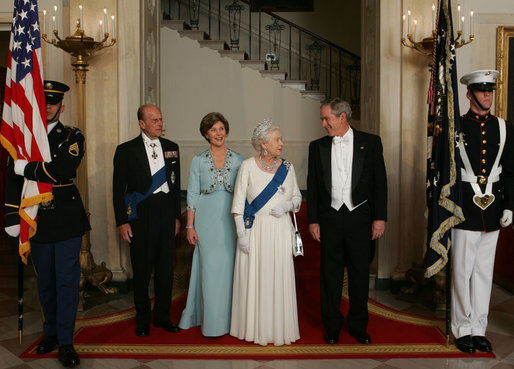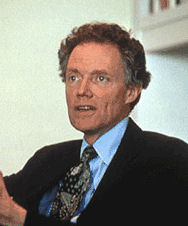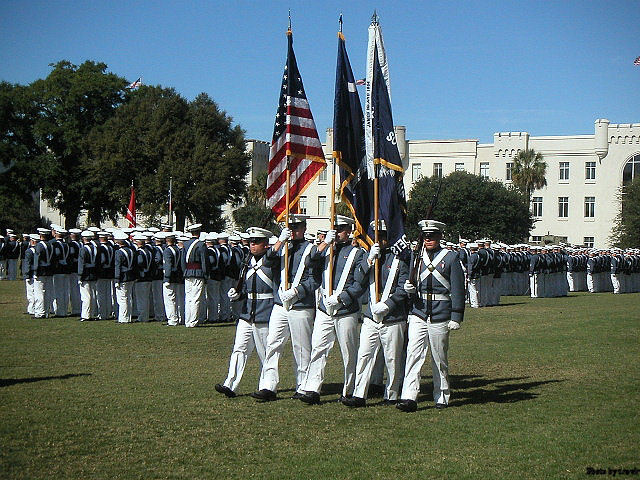
"Such an interrelation is manifested, for example, when a president invites outstanding figures in the fields of politics, economic, and culture to a ball or banquet at the White House."
The elite of the nation is formed by people who excel at the national level. It is composed of exceptional figures of the nation, who are representative of its highest sectors of activity and who have corresponding relationships. Such an interrelation is manifested, for example, when a president invites outstanding figures in the fields of politics, economics, and culture to a ball or banquet at the White House.
Most will not achieve international renown. Those who do achieve international stature, without ceasing to be the national elite, constitute within it, so to speak, an elite of elites.

"Below this national elite are successive layers of lesser elites in which this interrelation repeats itself."
Below this national elite are successive layers of lesser elites in which this interrelation repeats itself, until we finally reach the local elites described above.
Consider a city which boasts a military academy, a theological institute, and an art school. The prominent people of the city entertain the higher academic staff of these schools in their homes, thus forming a local elite, whose conviviality, while not as elevated as [national elites], is analogous to it.
A hierarchy is formed through this process. Beginning with the local elites, it extends through successively higher circles to the most quintessential elites. This graduated and continuous scale of elites constitutes the structure of a healthy elitist society wherein the highest circles develop a lifestyle and a human type that harmonically influence the lower levels.

"This graduated and continuous scale of elites constitutes the structure of a healthy elitist society wherein the highest circles develop a lifestyle and a human type that harmonically influence the lower levels."
Historically, this is the type of elitist society formed in the West in the mold of Christian civilization.
This hierarchy implies two continual movements. One is in the vertical direction, whereby people of real merit can rise from one level to another. The other is in a horizontal direction, whereby people of the same level complement each other from moral, cultural, and other points of view. This double process attains a notable richness in countries with an authentically Christian civilization. This is because Christian charity, with its clearly supernatural mark, has a peerless efficacy in fraternally uniting men.
Plinio Corrêa de Oliveira, Nobility and Analogous Traditional Elites in the Allocutions of Pius XII: A Theme Illuminating American Social History (York, Penn.: The American Society for the Defense of Tradition, Family, and Property, 1993), American Appendix, pp. 184-185.
Nobility.org Editorial Comment: —
As this post explains, in a properly constituted elitist society, especially one that is infused with Christian love, worthy individuals can ascend to higher elite levels (vertical movement) and help and complement each other within their respective elite levels (horizontal movement).
This dual movement permits good elites to spread their beneficial influence over society at whatever elite level they find themselves: local, regional, state, national, or international.
This makes for true, strong and effective leadership. The social fabric thus created is lasting and very resistant to the siren cries of the pseudo-elite celebrities of the worlds of Hollywood, sports, entertainment, and politics.












